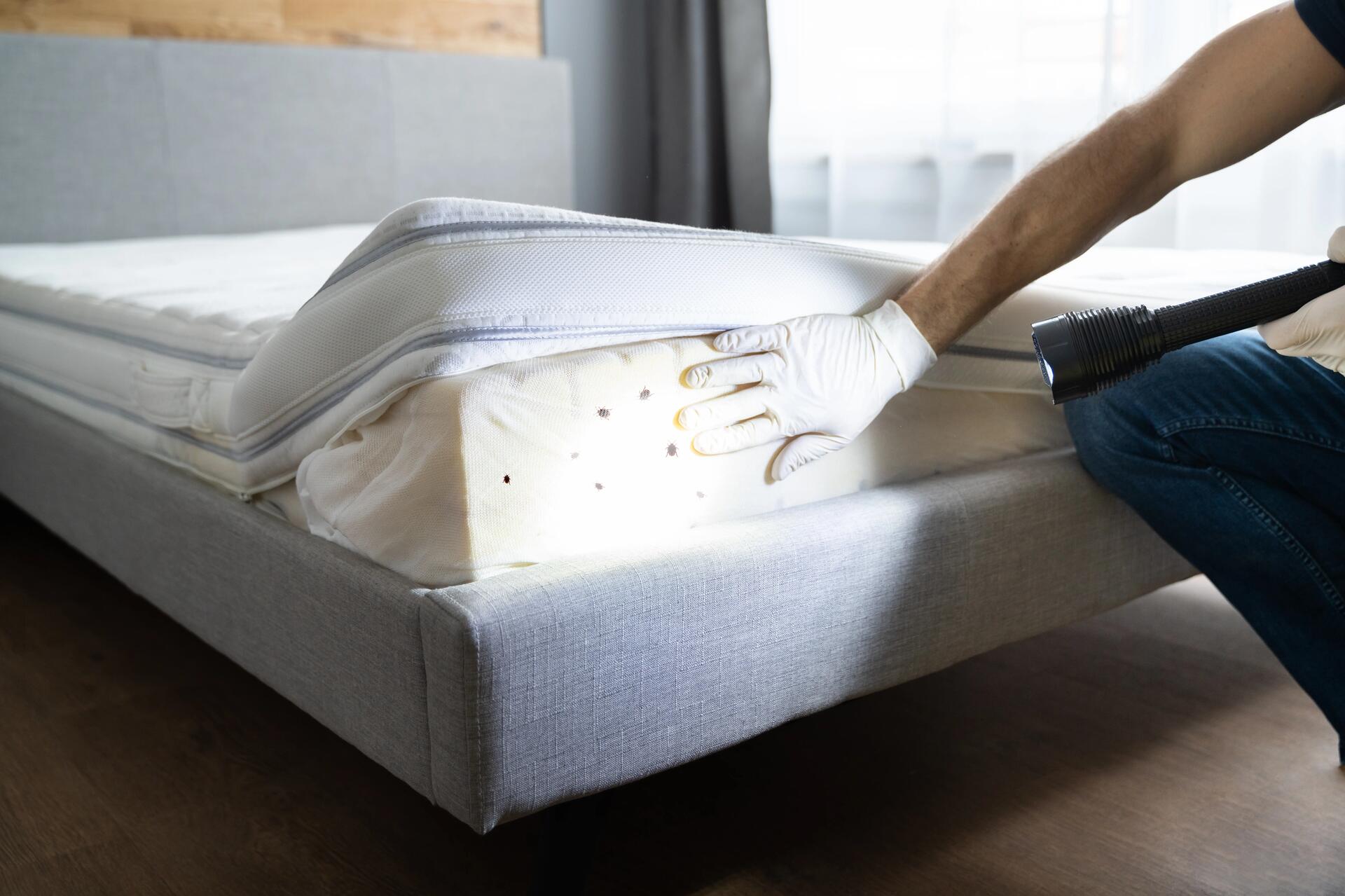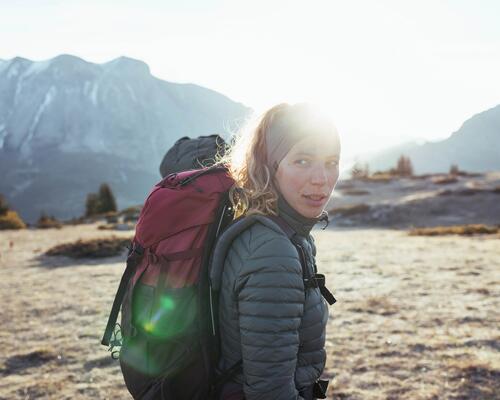How to get rid of and treat bedbugs?
The big clean-up
1️⃣ Get cleaning!
Before applying any product, tidy, vacuum and deep-clean contaminated surfaces and spaces (don’t forget to throw away the closed vacuum cleaner bag afterwards). If possible, also clean the head of your vacuum cleaner with soap and water.
Start with the beds, armchairs and sofas. You can use a steam appliance at a minimum of 120° and machine wash certain fabrics (which can handle it) at a temperature of 60°, and finally, dry them in the dryer. As you might have realised, bedbugs don't really like heat.
Once clean, store your fabrics in closed plastic bags until the whole bedbug infestation is over.
2️⃣ Freeze them!
Place your laundry and any contaminated objects in the freezer for at least 48 hours. If you don't have enough space in your freezer or simply don't have one, it’s worth knowing that you can rent space in large freezers from certain companies.
3️⃣ Have a sort-out
If, despite your best efforts, the bedbug infestation persists, you need to get rid of certain contaminated items of furniture (mattresses, furniture, etc.). Of course, they mustn’t be sold or given away. To get rid of them, go directly to the tip. They must not be recoverable.
4️⃣ Make some home improvements
Finally, you can also consider doing some minor jobs at home: filling cracks, screwing down sockets, regluing wallpaper or even skirting boards.
When all these steps are done, you can also try diatomaceous earth. This natural solution is a great option. All you need to do is spray it in different places like those mentioned above: skirting boards, woodwork, as well as under the bed, for example. Feel free to ask for advice from the professionals you buy it from.






